International
UN watchdog ‘concerned’ about Ukraine nuclear plant access
AFP
UN nuclear watchdog head Rafael Grossi expressed “concern” Thursday about not having been able to access Europe’s largest nuclear plant in Ukraine since Russia seized it almost two months ago.
Russian forces captured the Zaporizhzhia nuclear power plant in southern Ukraine on March 4, sparking alarm when shelling caused a fire at a training facility.
They also seized the now-defunct Chernobyl plant right at the beginning of their invasion of Ukraine on February 24, though they have since retreated from there.
International Atomic Energy Agency (IAEA) head Grossi, who has just returned from a trip to Chernobyl, has been in talks with both Ukrainian and Russian authorities to try to ensure safety.
“Zaporizhzhia is at the top of my list of concerns when it comes to the situation of the nuclear facilities in Ukraine,” Grossi told reporters.
“There is a lot to be done there… we need to go back to Zaporizhzhia. It’s extremely important,” he said.
He said his agency was still checking on reports that missiles had flown low over Zaporizhzhia, adding this would be “extremely serious” if confirmed.
Grossi said at Chernobyl the IAEA had recorded “an increase in the levels” of radiation during their visit after Russian forces moved with heavy vehicles and dug trenches around the plant.
“But the situation is not one that could be judged as posing a great danger to the environment and to people at the moment we were taking these measures,” he added.
Ukraine has 15 reactors in four operating plants, as well as waste repositories such as Chernobyl — the site of the world’s worst nuclear accident in 1986.
International
79-Year-Old ICE Detainee Faces Hearing as Family Warns His Health Is Rapidly Deteriorating
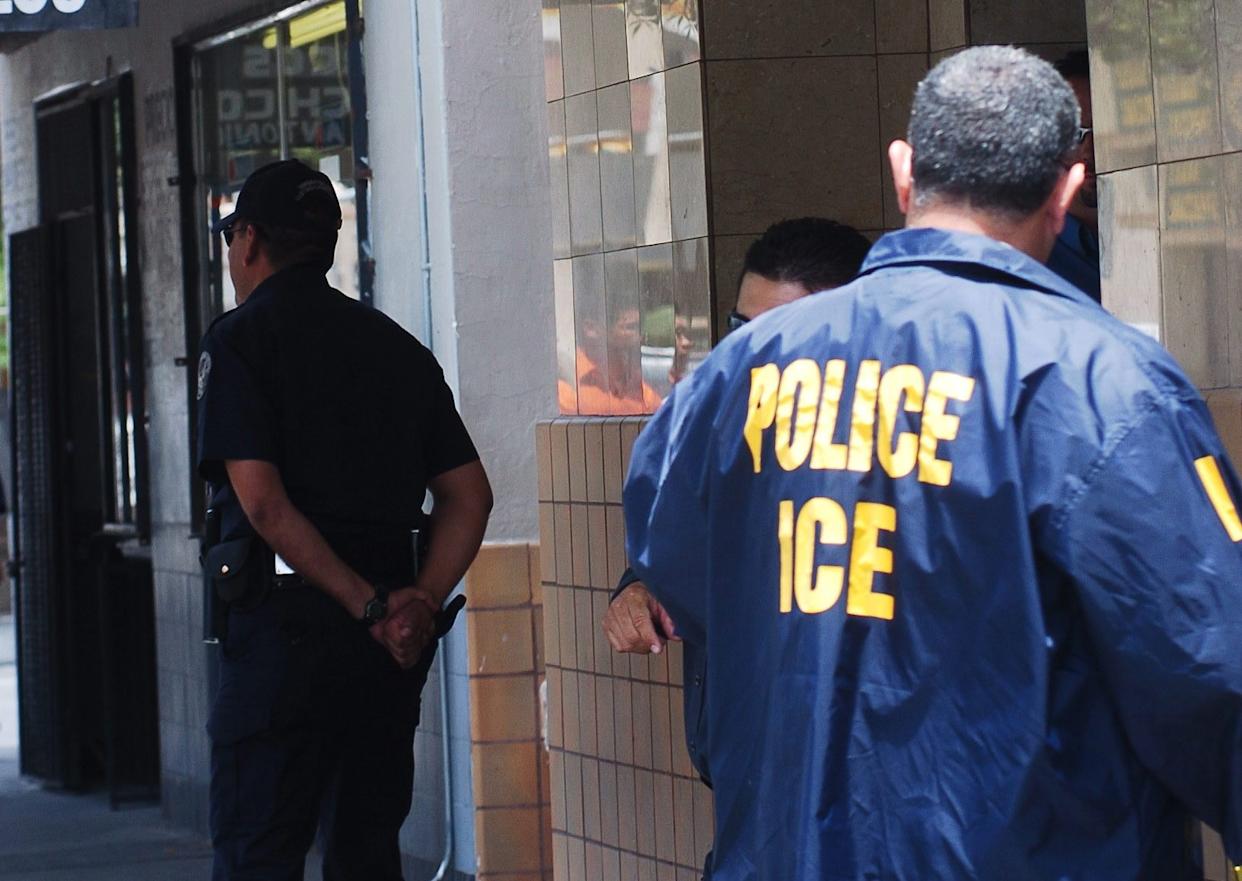
Paul John Bojerski, a 79-year-old man detained by U.S. Immigration and Customs Enforcement (ICE) in Florida, will face a hearing before an immigration judge on Tuesday as his family warns that his health has sharply deteriorated due to detention conditions.
Bojerski was arrested on October 30 during a mandatory ICE appointment in Orlando. Although he has lived in the United States for more than seven decades, he never obtained U.S. citizenship. Born in a refugee camp in Germany after World War II, he legally immigrated with his family in 1952 at the age of five and has lived since then in the city of Sanford.
According to the Orlando Sentinel, his record includes criminal convictions from the 1960s and 1970s, which led to a deportation order that authorities did not carry out at the time.
In July, ICE warned him that he had to leave the country voluntarily. He was instructed to return on October 30 with a travel plan, but was unable to do so because he has no passport and no country willing to receive him. As a result, he was arrested and transported for eight hours to the detention center known as “Alligator Alcatraz,” located in the middle of the Everglades west of Miami.
Immigrant rights organizations have denounced “inhumane” conditions at that facility, which opened in July, reporting issues such as spoiled food, lack of medical care, limited access to drinking water, mosquito infestations, and difficulty contacting the outside world.
His family says Bojerski has lost mobility since being detained. He previously walked unassisted, but now uses a wheelchair, has been left without his usual treatment for chronic back problems, and reportedly fell to the floor of his cell without receiving help for hours.
He is currently being held at the Krome detention center in Miami, where a judge will determine on Tuesday whether he can be released on bond.
International
Trump: “I Don’t Rule Out Anything” When Asked About Troops for Venezuela
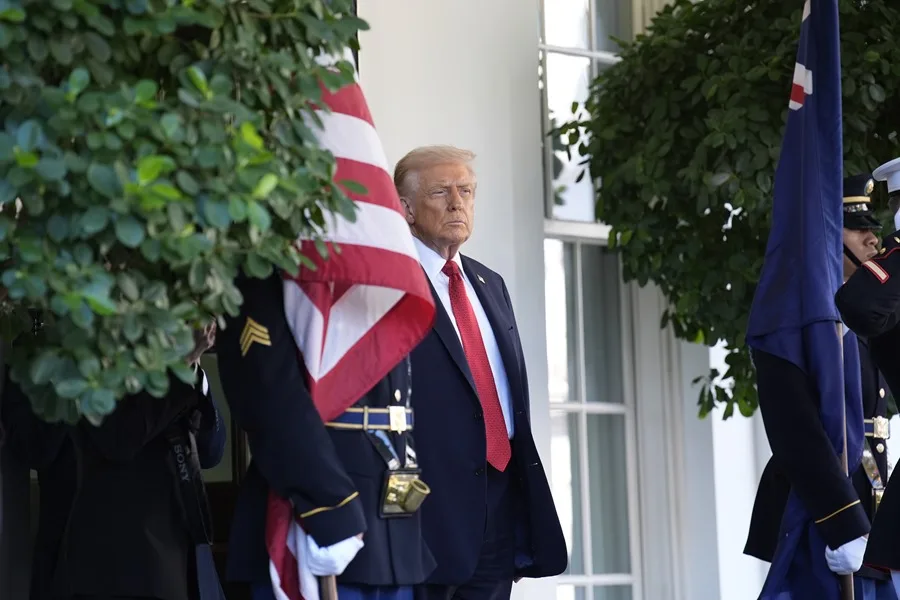
U.S. President Donald Trump said Monday that he may speak at some point with Venezuelan President Nicolás Maduro and did not rule out the possibility of sending American troops to the South American nation.
Trump’s remarks come amid heightened tensions over the U.S. military deployment in the Caribbean aimed at combating drug trafficking. Venezuela views the operation as a step toward toppling Maduro, whom Washington accuses of leading a “terrorist” organization involved in narcotics trafficking.
“At some point, I will talk to him,” Trump told reporters in the Oval Office. Maduro “has not been good for the United States,” he added.
When asked whether he ruled out sending U.S. troops to Venezuela, Trump replied, “No, I don’t rule it out. I don’t rule out anything.”
“We have to take care of Venezuela,” he continued. “They have sent hundreds of thousands of people from their prisons into our country.”
International
Armed Civilians Block Roads in Michoacán Amid Operation Targeting Criminal Leader
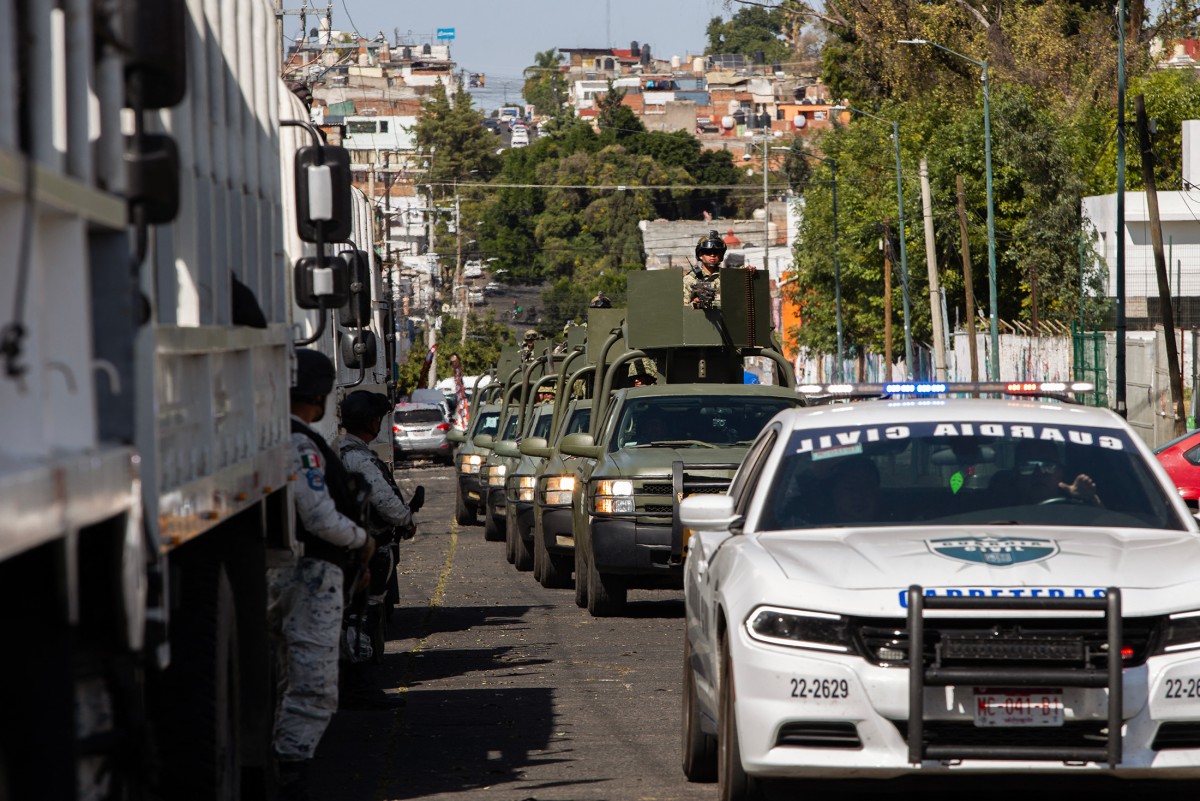
Armed civilians blocked several highways in the western Mexican state of Michoacán on Monday in response to a security operation targeting a criminal leader, just a week after President Claudia Sheinbaum’s government reinforced the presence of federal forces in the region.
The federal deployment was increased following the early November shooting death of Carlos Manzo, mayor of the municipality of Uruapan. His killing sparked protests and widespread demands for justice.
Michoacán is home to major drug trafficking groups such as the powerful Jalisco New Generation Cartel (CJNG) and La Nueva Familia Michoacana—both designated as “foreign terrorist organizations” by U.S. President Donald Trump in February.
“Following an operation to apprehend a priority target (a criminal leader), armed civilians set up roadblocks and burned vehicles at various highway points in La Piedad, Zamora, and Pátzcuaro,” the Michoacán Public Security Secretariat reported on X.
“Our Civil Guard is already clearing the roads; two suspected individuals were killed,” the agency added, without specifying the intended target of the operation.
Organized crime groups in Mexico frequently block roads to prevent the capture of their leaders or to hinder law enforcement activities.
The blockades also occurred just hours before a new state public security secretary took office. José Antonio Cruz—a former official of the local prosecutor’s office and former National Guard executive—assumed the position, replacing Juan Carlos Oseguera.
The killing of Mayor Manzo during a public Day of the Dead event on November 1 triggered protests throughout Michoacán. During demonstrations held Saturday in Mexico City, participants also demanded justice for the crime.
-
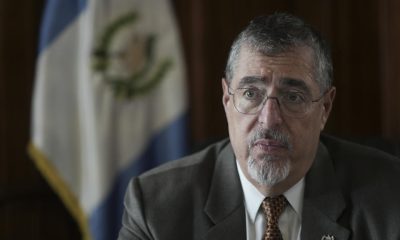
 Central America4 days ago
Central America4 days agoArévalo warns of ‘Dark Interests’ targeting human rights defenders in Guatemala
-

 International4 days ago
International4 days agoColombia reaches $4.5 billion deal to acquire 17 Gripen Fighter Jets from Saab
-
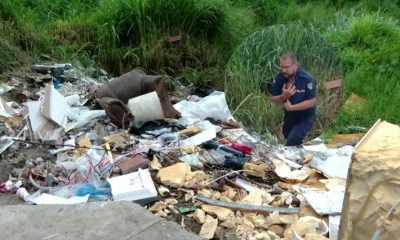
 Central America4 days ago
Central America4 days agoNewborn found in Costa Rican dump survives two days in unsanitary conditions
-
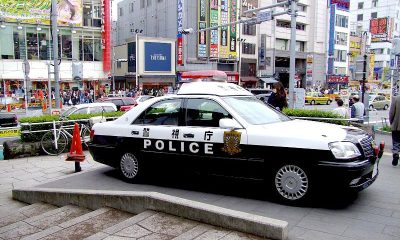
 International1 day ago
International1 day agoSinger seriously injured after knife attack in Tokyo’s Akasaka District
-
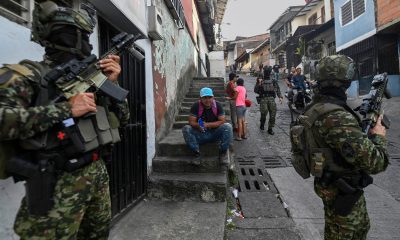
 International3 days ago
International3 days agoOmbudsman confirms deaths of six minors in bombing targeting FARC dissidents
-
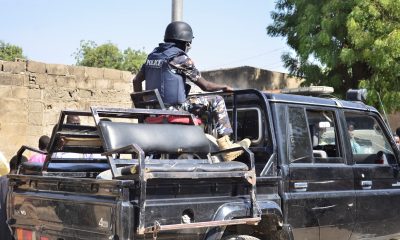
 International6 hours ago
International6 hours agoArmed Men Kidnap 25 Schoolgirls in Northwestern Nigeria, Police Report
-
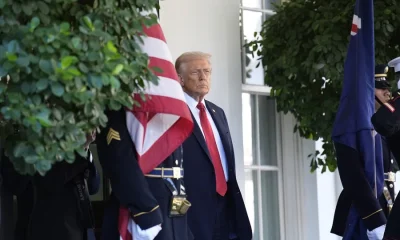
 International6 hours ago
International6 hours agoTrump: “I Don’t Rule Out Anything” When Asked About Troops for Venezuela
-
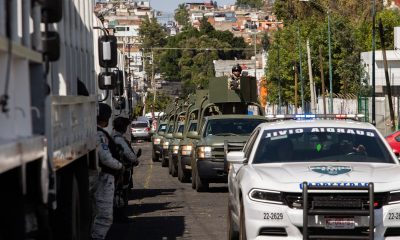
 International6 hours ago
International6 hours agoArmed Civilians Block Roads in Michoacán Amid Operation Targeting Criminal Leader
-
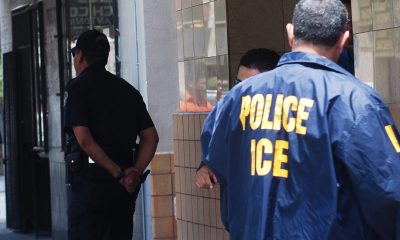
 International6 hours ago
International6 hours ago79-Year-Old ICE Detainee Faces Hearing as Family Warns His Health Is Rapidly Deteriorating






























